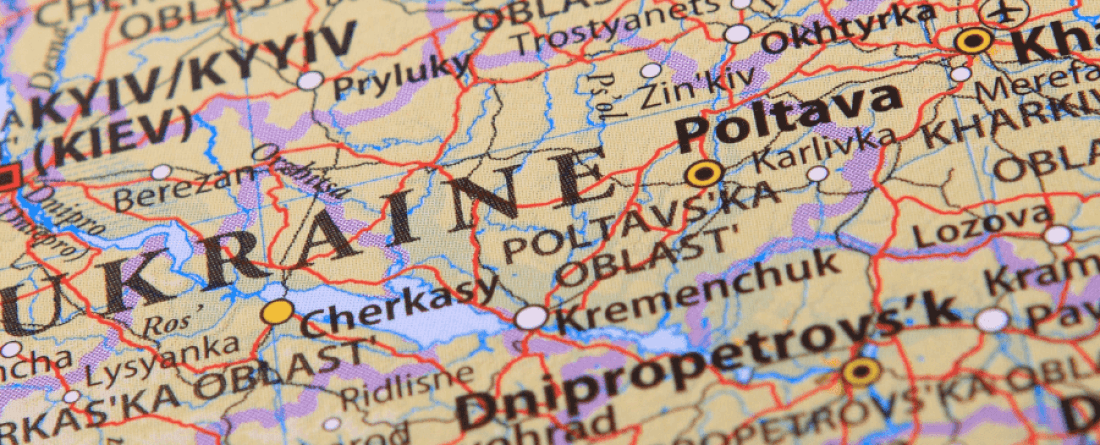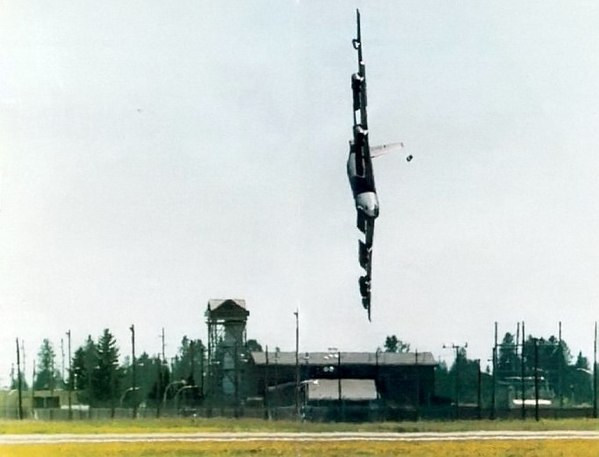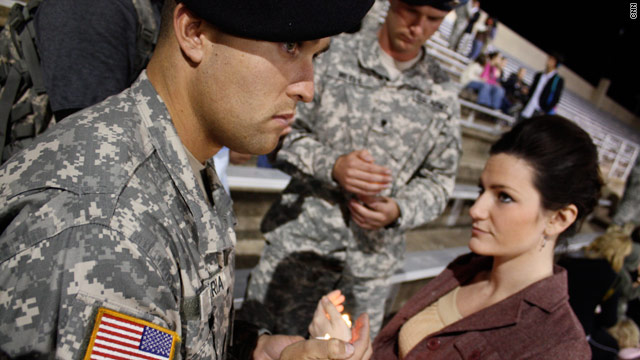Europe On Edge: Analyzing Recent Russian Military Actions

Table of Contents
The Geographic Scope of Recent Russian Military Actions
The geographic footprint of recent Russian military actions in Europe is significant and demands careful consideration. The scale and intensity of these actions vary across different regions, highlighting the multifaceted nature of the challenge.
Focus on Ukraine
The ongoing conflict in Ukraine represents a central component of Russia's recent military actions. The annexation of Crimea in 2014 and the subsequent conflict in Donbas have dramatically reshaped the geopolitical landscape.
- Scale and Intensity: The conflict in Ukraine has involved large-scale military deployments, heavy artillery bombardments, and significant human casualties. The intensity fluctuates, but the underlying tension remains consistently high.
- Weaponry and Tactics: Russia has employed a range of weaponry, including tanks, artillery, and air power, alongside sophisticated cyber warfare tactics. The conflict has also witnessed the use of advanced missile systems and unmanned aerial vehicles (UAVs).
- Humanitarian Crisis: The conflict has resulted in a devastating humanitarian crisis, with millions displaced and in need of assistance. The destruction of civilian infrastructure and the targeting of civilian populations have exacerbated the suffering.
- International Actors and Sanctions: The international community has responded with sanctions against Russia, aiming to pressure the country to de-escalate the conflict. However, the effectiveness of these sanctions remains a subject of ongoing debate.
Presence in Belarus & Kaliningrad
Russia's military build-up in Belarus and its strategic positioning in Kaliningrad further contribute to the heightened military presence in Europe. These actions raise serious concerns about Russia's intentions and their potential implications.
- Joint Military Exercises: The frequency and scale of joint military exercises between Russia and Belarus have increased, raising concerns about the potential for a further escalation of military activity.
- Potential for Further Expansion: The positioning of Russian troops and equipment in Belarus significantly increases Russia's potential to rapidly deploy forces to neighboring countries.
- Impact on NATO's Eastern Flank: The increased military activity near NATO's eastern flank has led to increased security concerns among member states and prompted a strengthening of NATO's defensive posture.
- Implications for Regional Stability: Russia's military presence in Belarus and Kaliningrad significantly destabilizes the region, increasing the risk of miscalculation and accidental escalation.
Motivations Behind Russian Military Actions
Understanding the motivations behind Russia's recent military actions is crucial for effective policy responses. Several factors contribute to this complex picture.
Geopolitical Ambitions
Russia's stated objectives often differ from its actual actions, creating a complex picture of geopolitical ambitions. The concept of a "sphere of influence" plays a significant role in Russia's strategic thinking.
- Sphere of Influence: Russia views some former Soviet republics as falling within its sphere of influence, leading to resistance against their closer integration with Western institutions.
- Perceived Threats from NATO Expansion: Russia perceives NATO's eastward expansion as a direct threat to its security interests. This perception fuels a significant portion of Russia's military actions.
- Historical Grievances and National Identity: Historical grievances and a strong sense of national identity contribute to Russia's assertive foreign policy and its military actions.
Domestic Political Considerations
Domestic political factors also play a significant role in shaping Russia's military actions. Maintaining domestic support for the regime is a key objective.
- Nationalism and Patriotism: The Russian government utilizes nationalism and patriotism to bolster public support for its actions, often portraying them as necessary to defend national interests.
- Impact on Public Opinion and Dissent: While state-controlled media shapes public opinion, internal dissent and critiques of military actions do exist, though they are often suppressed.
- Role of State-Controlled Media: State-controlled media plays a crucial role in shaping public perception of Russia's military actions, often presenting a narrative that justifies the actions and minimizes negative consequences.
International Response and Implications
The international community's response to Russian military actions in Europe is multifaceted and crucial in shaping the trajectory of the conflict. The responses from NATO and the EU are particularly important.
NATO's Response
NATO has responded to the escalating military actions with increased military presence and deployments in Eastern Europe. This response aims to deter further aggression and reassure allies.
- Strengthening Alliances and Partnerships: NATO has strengthened its alliances and partnerships, enhancing military cooperation and information sharing.
- Potential for Military Escalation: While aiming for deterrence, NATO's response increases the potential for accidental or intentional military escalation, highlighting the delicate balance involved.
- Effectiveness of Sanctions and Diplomatic Efforts: The effectiveness of sanctions and diplomatic efforts in influencing Russia's behavior remains a subject of ongoing debate and assessment.
EU's Response
The EU's response to the crisis has focused on coordinating sanctions and diplomatic efforts, aiming to maintain unity and stability within the bloc.
- Coordination of Sanctions and Diplomatic Efforts: The EU has implemented a series of sanctions targeting individuals and entities within Russia, while also engaging in diplomatic efforts to de-escalate the situation.
- Impact on the EU's Internal Cohesion: The crisis has tested the EU's internal cohesion, as member states hold varying perspectives on the appropriate response.
- Effectiveness of the EU's Response: The effectiveness of the EU's response is an ongoing topic of analysis, particularly its ability to impact Russia's actions and maintain internal unity.
Conclusion
The recent escalation of Russian military actions in Europe presents a complex and evolving security challenge. Understanding the geographic scope of these actions, the motivations behind them, and the international response is crucial for navigating this turbulent period. The potential for further escalation remains a serious concern, requiring continued vigilance and proactive diplomacy. Further analysis of Russian military actions in Europe, including the impact on regional stability and international security, is critical for preventing future conflicts and ensuring regional stability. We must remain informed and engaged to effectively address this ongoing crisis and mitigate the risk of further Russian military actions in Europe.

Featured Posts
-
 Social Media Errors In Reporting Pilot Death After D C Mid Air Collision
Apr 29, 2025
Social Media Errors In Reporting Pilot Death After D C Mid Air Collision
Apr 29, 2025 -
 Fort Belvoirs Candlelight Vigil A Tribute To Soldiers Killed In Dc Helicopter Crash
Apr 29, 2025
Fort Belvoirs Candlelight Vigil A Tribute To Soldiers Killed In Dc Helicopter Crash
Apr 29, 2025 -
 Dubais Khazna Targets Saudi Market Following Silver Lake Partnership
Apr 29, 2025
Dubais Khazna Targets Saudi Market Following Silver Lake Partnership
Apr 29, 2025 -
 Dlyl Shaml Lzwar Fn Abwzby Bdea Mn 19 Nwfmbr
Apr 29, 2025
Dlyl Shaml Lzwar Fn Abwzby Bdea Mn 19 Nwfmbr
Apr 29, 2025 -
 Why Middle Managers Are Crucial For Company Success And Employee Well Being
Apr 29, 2025
Why Middle Managers Are Crucial For Company Success And Employee Well Being
Apr 29, 2025
Latest Posts
-
 Asylum Shelter Efficiency Advisory Councils Recommend E1 Billion Improvement Plan
May 12, 2025
Asylum Shelter Efficiency Advisory Councils Recommend E1 Billion Improvement Plan
May 12, 2025 -
 Faber Now Backs Royal Honors For Asylum Volunteers A Complete Policy Shift
May 12, 2025
Faber Now Backs Royal Honors For Asylum Volunteers A Complete Policy Shift
May 12, 2025 -
 Better Organization Of Asylum Shelters A E1 Billion Savings Opportunity
May 12, 2025
Better Organization Of Asylum Shelters A E1 Billion Savings Opportunity
May 12, 2025 -
 Refugee Holiday Camps Cancelled Fabers New Policy
May 12, 2025
Refugee Holiday Camps Cancelled Fabers New Policy
May 12, 2025 -
 Fabers Decision Halting Refugee Outings And Holiday Camp Programs
May 12, 2025
Fabers Decision Halting Refugee Outings And Holiday Camp Programs
May 12, 2025
